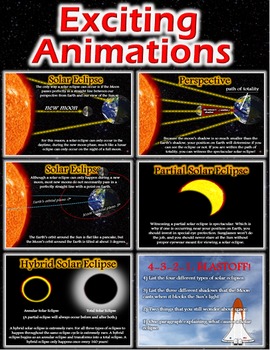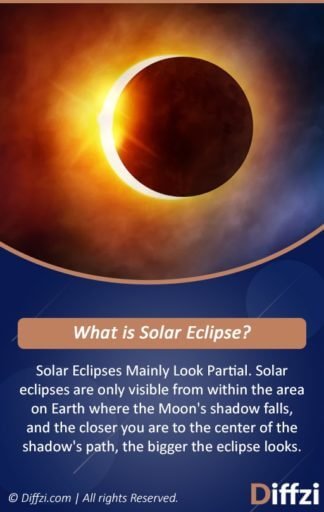

31, there will be some progress made on the themes of that insane hot summer month, if not a complete reversal of these themes. What I'm saying is it's likely that on Jan. I'm not suggesting that any of this is going to be happening all over again.

and Puerto Rico, white supremacists were marching on Charlottesville, and President Trump was refusing to condemn the racism behind their rally. Lunar eclipses occur when Earth passes between the Sun and the Moon, casting a shadow on the Moon. Solar eclipses occur when the Moon passes between Earth and the Sun, leaving a moving region of shadow on Earth’s surface. Let me remind you: multiple hurricanes in the U.S. Traditionally, eclipses are divided into two major types: solar and lunar. On a collective level, we might see a thematic return to some of what was going on at the time of the solar eclipse in Aug.

#SOLAR VS LUNAR ECLIPSE FULL#
On an individual level, that means the goals you were setting for yourself around this time will be coming to fruition by the full moon lunar eclipse, and if they don't, you might want to think about what's gotten in the way of that. 2017 was actually tied to a goal-setting new moon in Leo on the same night. The lunar eclipse isn't just marking the end of this month it's marking the end of a six-month lunar cycle, which began on the new moon of Aug. In a lunar eclipse, the Moon gets darker. The name tells you what gets darker when the eclipse happens. An easy way to remember the difference is in the name. the solar eclipse actually have a lot of spiritual connections in common. It’s easy to get these two types of eclipses mixed up. 31 total lunar eclipse is about to jog your memory in a major way. 21, 2017? Well, I would suggest taking a look back in your calendars and emails around that time because the Jan. If you compare the solar eclipses with their paired lunar eclipses, we see that there is a bit of overlap (since eclipses are not instantaneous) - but since these are at the edges of the eclipse, it's practically impossible to see a full solar eclipse two weeks after seeing a full lunar eclipse from the exact same location.Remember where you were in the summer of 2017 around the time of the total solar eclipse on Aug.

I was going to do the math - but I think that this map of eclipses in 2019 demonstrates it better. The relative positions of all three bodies almost reset at a period of approximately 6585.3 days (18 years, 11 days, and 8 hours). You can see both eclipses two weeks apart when they are around sunrise/sunset because you're no longer on the line through the centre of the Earth between the Sun and Moon. The timing of both solar and lunar eclipses are linked together by the relative positions of the sun, moon, and Earth. So you can't see the lunar eclipse, because the Earth is now in the way. Two weeks later, when the Moon has moved around to the other side of the Earth this means that when you go out at midday, the line is now Moon-Earth-you-Sun. So, say we have a solar eclipse at midday - there's a line between the centre of the Earth, through you, the Moon and the Sun. To make this more complicated, the Earth is rotating so that it takes about 24 hours to go from midday to midday. Since it takes the Moon about 4 weeks to orbit the Earth, it will take it about 2 weeks to go from a lineup of Moon-Earth-Sun to a lineup of Earth-Moon-Sun. For a lunar eclipse, the Earth has to be between the Moon and Sun. These eclipse pairs seem to occur almost exactly at the same time of day.įor a solar eclipse, the Moon has to be between the Earth and Sun. Two weeks before that there was a total lunar eclipse where we could only see the beginning of the eclipse as the Moon was already set when totality occurred. The only exception was when the eclipse happens near the sunrise or sunset.įor example on May 31 in 2003 a partial eclipse could be seen from Hungary at the morning when the Sun rose already partially eclipsed just few minutes before the maximum occultation. Recently the same thing happens in July 2 when there were a total solar eclipse on the other side of Earth, and soon we will see a partial lunar eclipse from my area. Similarly when lunar eclipse is visible in my area, the corresponding solar eclipse is not visible at my area because the Sun is set. However I noticed if there is a solar eclipse in my area then the preceding/following lunar eclipse is not visible from my area because the Moon is set when it happens. Lunar and solar eclipses go in tandem so the two often happens two weeks apart.


 0 kommentar(er)
0 kommentar(er)
